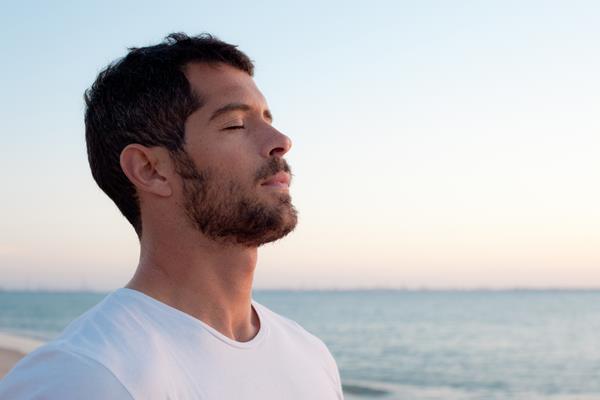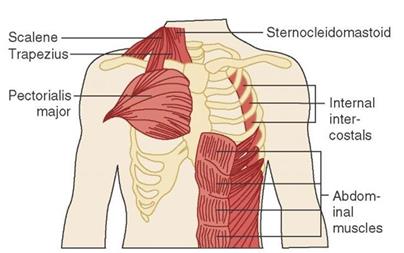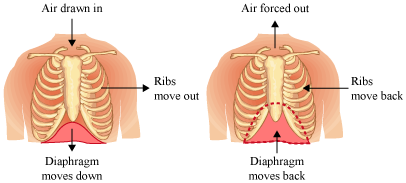A simple but mindful breathing exercise to have you feeling the difference!
by Julia Newton , musculo-skeletal and ConnectTherapy physiotherapist

As we mentioned in our previous breathing blog post, the diaphragm is one of the most important muscles in our body. It is literally what keeps us alive! This gives us a good enough reason to increase our awareness of the diaphragm during Pilates and everyday life. We hope since reading our previous blog, you have started to increase your awareness of breathing throughout the day and have noticed whether you are predominantly a diaphragmatic breather or an upper chest breather.
If over the past few weeks you have noticed you mostly breathe through your upper chest, this blog post will give you some tips on easy ways to incorporate diaphragmatic breathing into everyday life so it becomes a habit.
The muscles of breathing
Let's do a quick anatomy lesson first. Even though the diaphragm is our main breathing muscle, we also have other muscles that assist with breathing – these are called the 'accessory' muscles to breath. Some include scalene muscles (in the neck), your pecs (at the front of your chest) or your abdominals. These accessory muscles are primarily called on for movement and exercise, when you breathe with exertion.

So now keeping this in mind, if you feel you breathe mostly through your upper chest, think of relaxing through these muscles in your neck and shoulders. Try this lying on your back comfortably and try to channel your thoughts to your diaphragm sitting in your lower rib cage. Imagine it's like a parachute, floating down and out as you breathe in, and coming back up as you breathe out.

Challenge the diaphragm to grow stronger
Now that you are able to breathe keeping your upper chest relaxed, start to take some deeper breaths using the diaphragm. We will do this by targeting all movements of the diaphragm, first in isolation and then together.
Simply, lying on your back, place your hands at the front of your lower ribs. As you take a breath in, aim to push this front region of your ribcage out with air, feeling your ribcage rise into your hands. Then breathe out naturally, feeling your hands return back to starting position. Now bring both hands to the sides of you ribcage, and on the next inhale, think about pushing the air out to each side, feeling your hands expand to the sides. Take another deep breath in and aim to push most of the air out to the back of your ribcage, almost pushing your back into the floor. Then take one last deep breath in, aiming to expand your entire ribcage – front, sides and back.
Practicing mindfulness with this exercise, was there a certain direction that was hardest to push the air into? If there was, repeat this process again, really channelling your focus to pushing the air out into that restricted area. This is practicing diaphragmatic breathing, and by taking five minutes out of your day to do this, it will start to become a subconscious habit.
Practicing diaphragmatic breathing is easiest lying on your back. When mastered, now practice the same exercise and mindfullness in standing, where posture also plays an important role in helping efficient breathing. Here you will need to stack your posture well, so think back to your Pilates classes, where there is focus on lengthening through the backs of our necks and keeping our body upright with the ribs stacked and pelvis in neutral. Practice the same process as above, inhaling and pushing out into each direction of your ribcage, taking note if there is any direction that feels most restricted.
The next step is the ultimate goal of being able to control our breathing through the diaphragm during Pilates classes or any exercise that you do. You'll be surprised by how much more exercise you can get through with diaphragmatic breathing!
Having troubles?
If you're still having difficulties with diaphragmatic breathing, there could be a reason for this! Tight muscles and joints can sometimes restrict how much movement our diaphragm has. Stiffness of the thoracic spine and neck joints, chests, shoulders and ribs or tight, overactive braced bellies can hinder the diaphragm. Chat to our physios at The Fix Program if you think this is you – there is much we can do to improve your most efficient breathing strategy with the diaphragm.